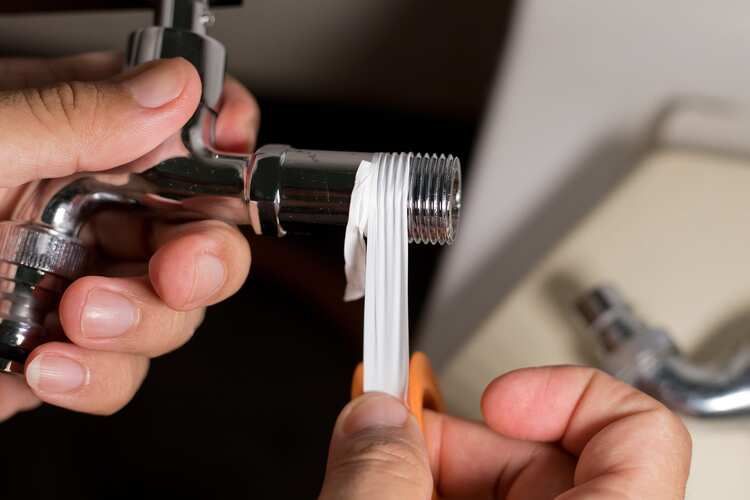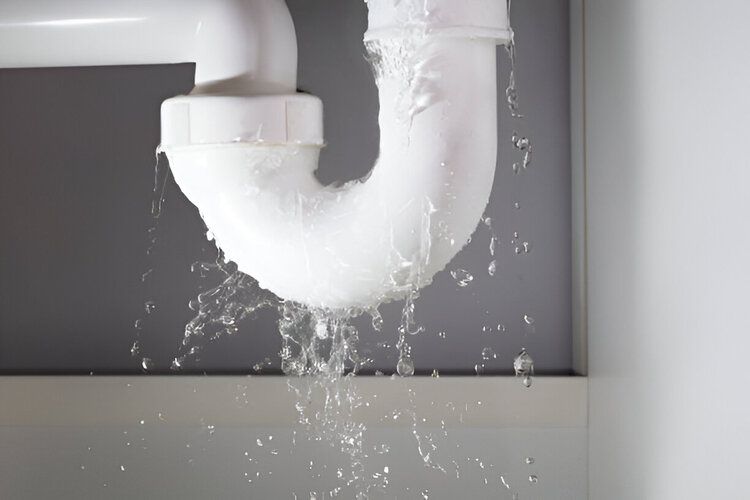Where Your Home Energy Dollar Goes

Ever wondered where your energy dollars go in your home?
This article and video shows you at-a-glance, so that you can focus on the areas that will give you the biggest bang-for-the-buck for reducing your home energy bill.
Space heating and air conditioning together account for almost half of the energy that a typical home will use. This is why we are always reminding you to do tasks like changing your air filters, adding or checking weatherstripping, getting your annual furnace and AC tune-ups done, etc. .... as these tasks all help you to reduce your heating and cooling costs, which are the costs that take the biggest bite out of your energy budget.
A typical home uses 14% of its energy for making hot water. And this is why we remind you of tasks like getting your annual service done on your water heater, backflushing your water heater, consider adding low-flow shower heads, and promptly fixing plumbing leaks/
And since it runs 24-7, you can see how your refrigerator can add up to 8% of your household energy bill. This is why we remind you of tasks like vacuuming the dust off your refrigerator coils to keep its efficiency up, and checking the seals around the door for air leaks.
And remember our reminders about reducing “vampire power” sources that suck electricity when appliances are turned off? This chart shows you the energy consumption of computers and televisions in your home, which are notorious electricity vampires when they are not in use.
Next, with lighting being 6% of home energy use, you can see why we encourage you to use more efficient compact fluorescent and LED lights. And at 5% of your energy bill, you can see why we suggest the maintenance tasks that we do for your clothes dryer.









